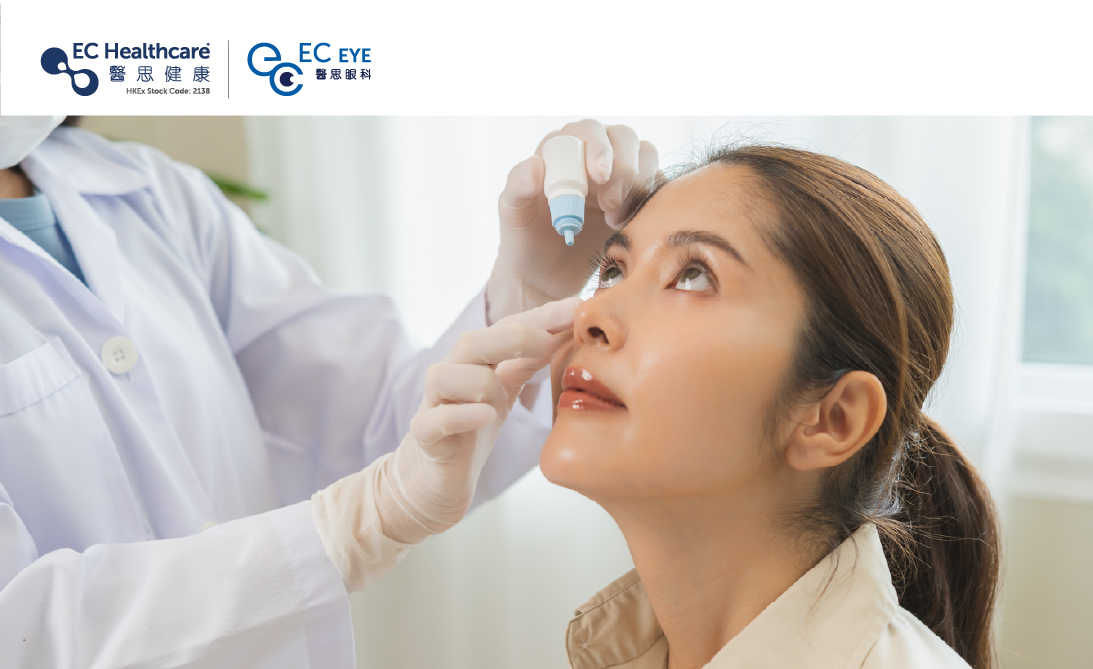Detecting Dry Eye with a Single Piece of Paper


Detecting Dry Eye with a Single Piece of Paper
Your eyes are the windows to your soul, but they also need proper care to stay healthy and vibrant. The tear film on your eyes has 3 essential layers: the lipid layer, the aqueous layer, and the mucin layer. Together, these layers work to keep your eyes moisturized and comfortable. If one of these layers experiences issues, leading to changes in tear quality or quantity, the eyes may become insufficiently moisturized and result in "dry eye syndrome."

Essential functions of the 3 layers of the tear film
The outermost layer of the tear film is the lipid layer, which remains liquid at normal body temperature and works to reduce water evaporation.
The middle layer, known as the aqueous layer, acts as the primary defence mechanism against external pathogens.
Finally, the innermost layer of the tear film is the mucin layer, which forms a hydrophilic interface that nourishes, protects, and smooths the surface of the cornea.
Find out who's at high risk of developing dry eye syndrome
1. Long-term contact lens wearers may be at risk of developing dry eye syndrome due to the thinning of the lipid layer, which can compromise its integrity and diffusion ability.
2. Heavy computer or phone users may also be susceptible to dry eye syndrome due to decreased blinking frequency and tear production caused by prolonged screen exposure.
3. Individuals who work in dry environments for extended periods, such as outdoor workers exposed to sunlight or those working in air-conditioned rooms, can experience reduced eye moisture.
4. Patients with autoimmune diseases (such as lupus erythematosus) or taking long-term medication, such as antidepressants or mood stabilizers, may experience reduced tear production and may be at risk of developing dry eye syndrome.

Can you use paper to check for dry eye syndrome?
Yes, you can - with a special strip for the tear secretion test!
During Schirmer’s test (dry eye test), healthcare professionals will apply surface anaesthesia eye drops to the patient's eyes before placing a test strip on the inner corner. The patient is then instructed to close their eyes for five minutes, allowing the strip to absorb tears. Finally, the healthcare professional will observe the amount of moisture on the strip to determine if the patient has dry eye syndrome.

Normally, a test strip should show 10 millimetres of tears. But if the amount of tears is less than 5 millimetres, it's highly likely that you have dry eye syndrome. Don't ignore the signs - it's crucial to schedule a thorough eye examination with an ophthalmologist and create a personalized treatment plan to protect your eye health.








